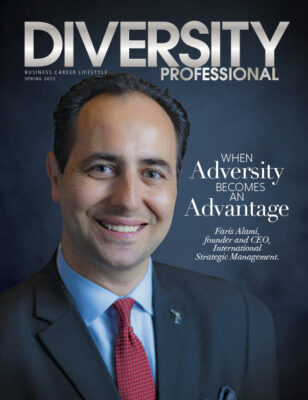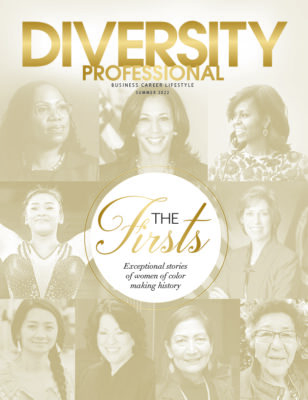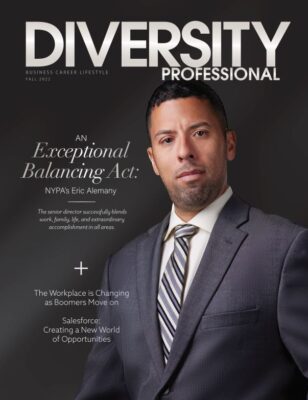Double Solemnity: Ensuring Diversity In The Insurance Industry
In 1922, a retired Illinois farmer created a policyholder-owned car insurance agency for other Illinois farmers. Today, State Farm is a vast, multifaceted insurance enterprise ranked 44th on the Fortune 500, with more than $75 billion in revenue. Headquartered in Bloomington, Illinois, where it was founded, State Farm fields more than 18,000 agents across the U.S. in 30 operations centers and 343 claim offices. Supplier diversity specialist Lynnette Smyer ensures that State Farm stays true to its founder’s belief in fairness and equity.
“State Farm is the number one insurance and financial services company in the U.S. We help people realize their dreams and recover from the unexpected. That’s our mission. And I think we’re very good at fulfilling our promises to make sure that our policyholders are returned to the position they were in before a circumstance or catastrophe happens. We’re very good at that, and we’re also very good at supporting the communities we serve.
“My role as the supplier diversity specialist is to connect our procurement specialists and our buyers with minority and diverse suppliers. I’m a bridge builder. So I help our supplier diversity program connect the needs of the company with vendors that can meet those needs at competitive prices. We make sure that we’re leveling the playing field for diverse suppliers.”
With the company for nine years, Smyer began her career at State Farm as a buyer and in procuring services for claims and business travel. She sees this as a distinct advantage now that she sits on the other side of the table. And she uses that experience to inform her work.
“Our goals are to educate the enterprise—almost evangelize—among the companies, and to build our brand within the communities that we serve. As an enterprise, our goal is to reach 10 percent for supplier diversity. That’s our annual goal. We look to reach that goal through three objectives: 1) educating the enterprise; 2) building the brand and 3) data and tracking. While the first two are self-explanatory, the third objective, data and tracking, is equally important. We want to make sure that our metrics are done properly and that we know what kind of impact we’re having in the community. So, that’s very important.
“But our greatest focus is making sure that every diverse category is represented in the work that we do. We want our suppliers to resemble our policyholders. We want to be present in the communities we serve and make sure that that presence accurately reflects the diversity of those communities. But there is another element that is critically important, and that’s support from our top management. Having real buy-in from the top means quite a lot. Without it, we wouldn’t be able to achieve our objectives.”
Smyer credits State Farm upper management for meaningful participation in numerous ways. Citing a new mentoring program launching in the fall, she notes that upper management not only supports the program, but also plans to actually serve as mentors in it..
FOR MORE INFORMATION










